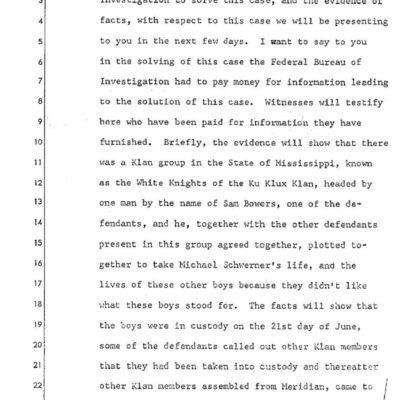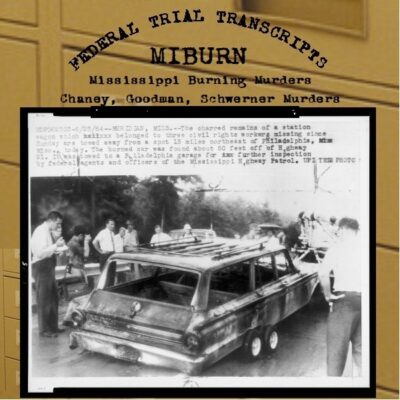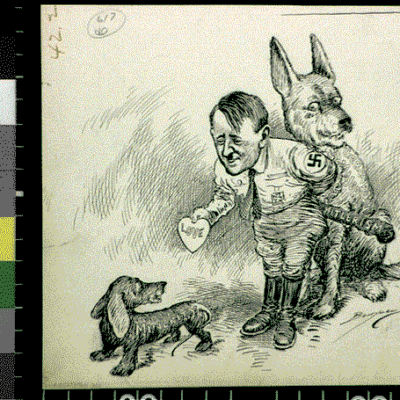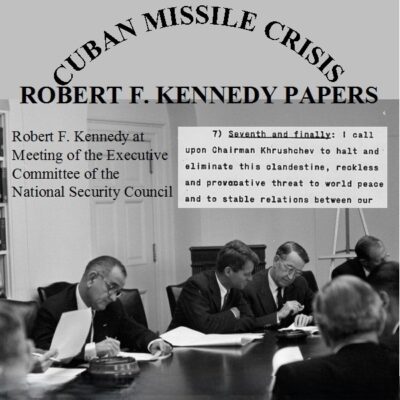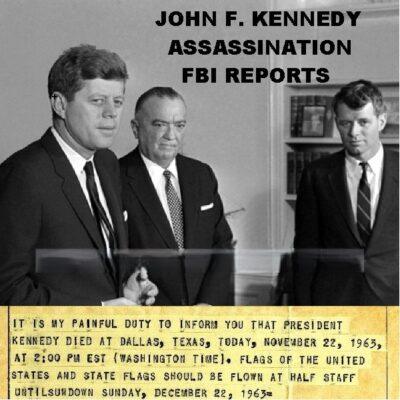
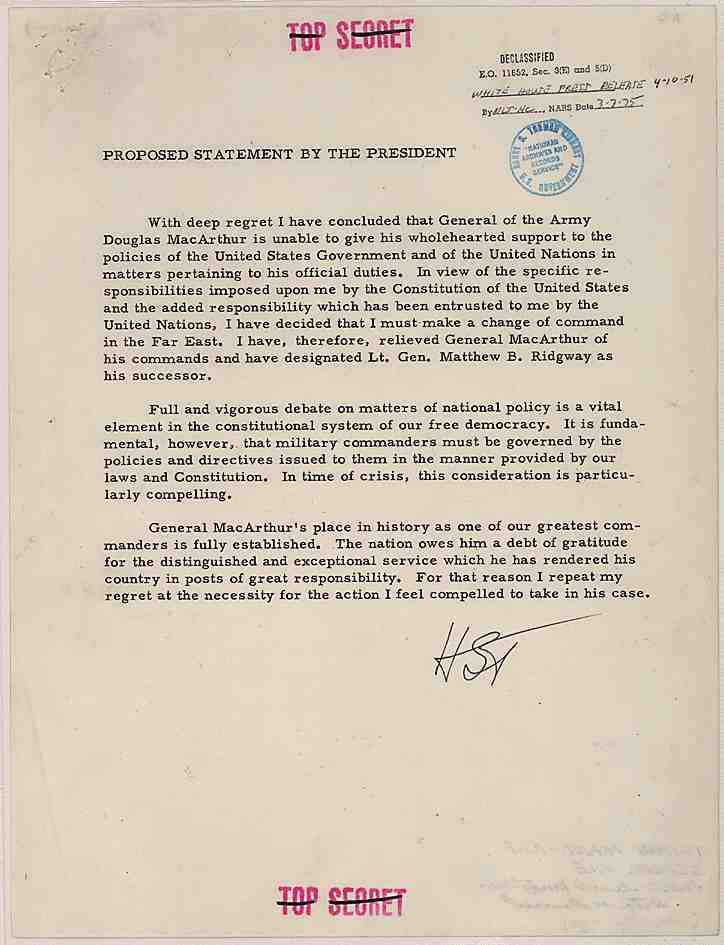
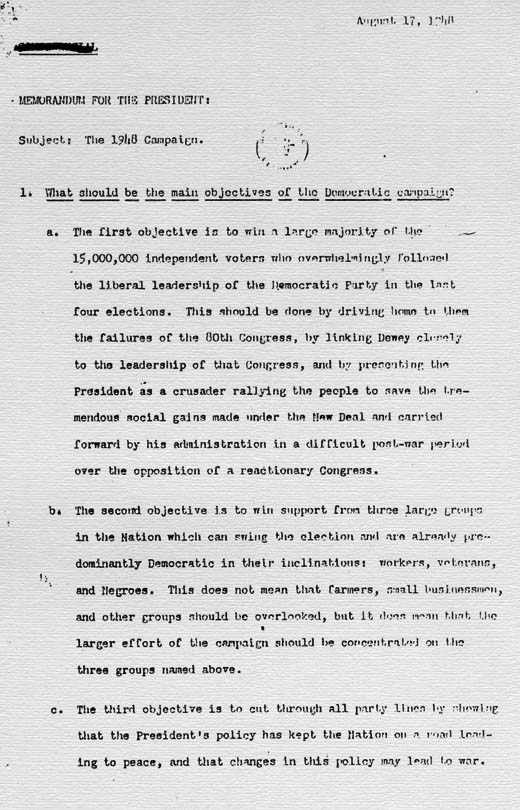
Description
Truman Presidential Papers: Timeline and Key Figures
Timeline of Events
- 1910: Harry S. Truman begins writing letters to Bess Wallace Truman.
- 1933-1945: Henry Morgenthau serves as Secretary of the Treasury under President Franklin D. Roosevelt.
- 1945:The Groves Project (Manhattan Project) is underway, aiming to develop the atomic bomb.
- June 18: Meeting held at the White House regarding the war in the Pacific against Japan.
- Robert Oppenheimer chairs the Interim Committee studying wartime use of the atomic bomb.
- Truman makes the decision to drop the atomic bomb (documents from 1945-1953 cover this decision).
- 1947:President Truman creates the 1947 “lost” diary.
- July 21: Truman has a conversation with Henry Morgenthau regarding a Jewish ship in Palestine and makes anti-Semitic remarks.
- July 23: Truman discusses the political landscape with General Dwight D. Eisenhower and offers him the Democratic presidential nomination in 1948 with Truman as his Vice President.
- Truman delivers the 1947 State of the Union address.
- 1948:Truman engages in the “Whistle Stop” campaign tour.
- The Berlin Airlift begins.
- Truman wins the 1948 presidential election.
- White House correspondences regarding the recognition of Israel.
- 1949:Truman makes diary entries.
- Development and ratification of the North Atlantic Treaty establishing NATO.
- 1950: No diaries.
- 1950-1953: Korean War:
- Early events including the deployment of troops from Japan.
- North Korean attacks push US and South Korean troops into the Pusan perimeter.
- General MacArthur visits Formosa (Taiwan).
- The “Stand or Die Order” is issued.
- Battle of the Naktong Bulge.
- The KATUSA program is established.
- Plans for the Inchon landing are developed.
- The Joint Chiefs of Staff approve the Inchon landing.
- The National Security Council approves military operations north of the 38th parallel.
- MacArthur’s invasion force assembles off Inchon.
- 1951-1953: Truman makes diary entries.
- 1951: Truman fires General Douglas MacArthur (documented in his diary).
- 1952: Death of King George VI of Great Britain (documented in Truman’s diary).
- 1953: Inauguration of President Dwight D. Eisenhower (documented in Truman’s diary).
Cast of Characters
- Harry S. Truman: 33rd President of the United States (1945-1953). The documents primarily concern his presidency, including major decisions such as the use of the atomic bomb, the Korean War, the Marshall Plan, and the recognition of Israel.
- Bess Wallace Truman: Harry S. Truman’s wife. The collection includes letters to her dating back to 1910.
- Clark Clifford: Truman’s Press Secretary. His papers are included in the collection, particularly relating to the Berlin Airlift.
- Charles Ross: Aide to Truman, papers included in the collection.
- George M. Elsey: Aide to Truman, papers included in the collection.
- Robert E. Hannegan: Aide to Truman, papers included in the collection.
- Harry B. Price: Aide to Truman, papers included in the collection.
- Joseph M. Jones: Aide to Truman, papers included in the collection. His papers contain discussions of the Truman Doctrine and the Marshall Plan.
- Robert Oppenheimer: Physicist who chaired the Interim Committee studying the wartime use of the atomic bomb.
- General Douglas MacArthur: Commander of the US forces in the Korean War. His actions and relationship with Truman are documented, culminating in his firing.
- Dwight D. Eisenhower: Supreme Commander of NATO and later 34th President of the United States. Truman considered him as a potential Democratic presidential candidate in 1948 and his inauguration was a significant event documented in Truman’s diary.
- Henry Morgenthau: Secretary of the Treasury under President Franklin D. Roosevelt (1934-1945). He has a conversation with Truman in 1947 regarding a Jewish ship in Palestine, which elicits anti-Semitic remarks from Truman, documented in his diary.
- King George VI: King of Great Britain whose death is documented in Truman’s diary in 1952.
Harry S. Truman Presidential Papers
There are 6,580 pages of documents related to Harry S. Truman’s presidency.
Included in these documents are letters to Bess Wallace Truman from as early as 1910, excerpts from the official files, post-presidential papers, and documents concerning individuals such as Clark Clifford, Charles Ross, George M. Elsey, Robert E. Hannegan, and Harry B. Price. The papers of Joseph M. Jones feature a discussion on the Truman Doctrine regarding Greece and Turkey, as well as the Marshall Plan. The “Long Hand Notes File” contains handwritten notes covering various topics, including global issues and challenges faced with General Douglas MacArthur.
The major sections of the files include:
Atomic Bomb Decision. These files span from 1945 to 1953. They encompass documents related to the Groves Project, known as the Manhattan Project, minutes from a White House meeting held on June 18, 1945, evaluations of the situation concerning the War in the Pacific against Japan, strategic bombing surveys, studies on the wartime use of the atomic bomb by the Interim Committee led by Robert Oppenheimer, diary entries by Truman, and Truman’s reflections on the historical response to his decision to deploy the bomb. Korean War. The documents detail the early stages of the Korean War, which encompass: The dispatch of the third of General Douglas MacArthur’s four occupation units sent from Japan; A large-scale assault by North Korean forces from the west that forces American and South Korean troops operating under the United Nations banner into a confined defensive stance around the port of Pusan and the temporary capital of South Korea, Taegu; Concerns regarding national security, including issues related to Formosa; The so-called “Stand or Die Order,” which motivated American soldiers to maintain their defensive positions despite the threat posed by North Korean forces on the western flank targeting Pusan, a vital supply route to Japan; MacArthur’s visit to Formosa for an inspection; The retreat of South Korean and U.S. forces into the Pusan perimeter; The onset of the Battle of the Naktong Bulge, with North Korea launching attacks along the entire front; The Eighth Army’s defense of Taegu; The U.S. 7th Division in Japan starts reinforcing its ranks with South Korean conscripts as the KATUSA program is established; Preparations for the Inchon landing; The Joint Chiefs of Staff grant final approval for the Inchon amphibious operation; The National Security Council endorses military actions north of the 38th parallel; and MacArthur’s invasion forces gathering off the coast of Inchon, a port city in South Korea.
President Harry S Truman Diaries (1947-1953)
The diaries collection contains 80 pages of entries, including the 1947 “lost” diary created by President Harry S. Truman in 1947, 1949, and from 1951 to 1953. There are no diary entries available for the years 1948 and 1950. President Truman was not a regular diary keeper. He didn’t feel it necessary to maintain a diary consistently. When significant events took place, he would often jot down notes by hand on loose sheets of paper, particularly before 1947. Researchers have had access to this material and diary entries from 1949 to 1953 for many years.
In 1965, archivists at the Truman Presidential Library were organizing and storing materials received from the National Archives, which included a date book that President Truman got as a gift from the president of the Real Estate Board of New York Inc. The board’s name appeared on the cover, and the first 160 pages featured member listings and ads. This was added to the library’s book collection. In 2003, for the first time, someone examined the contents beyond the initial pages and discovered 47 entries from 1947 written in President Truman’s handwriting. The 1947 diary had more entries than all known bound Truman diaries combined.
Truman’s diary entries cover various subjects such as his mother’s death, the dismissal of General Douglas MacArthur, the recognition of Israel, the Marshall Plan, the passing of King George VI of Great Britain, the 1947 State of the Union address, and the inauguration of President Dwight D. Eisenhower.
Notable points include:
Truman’s thoughts on a potential Eisenhower presidential run in 1948 – July 24, 1947 Entry. President Truman consistently refuted claims that he considered having General Eisenhower as his presidential candidate in 1948, with Truman himself as the vice-presidential pick. However, a journal entry from July 23, 1947, indicates that during a conversation about politics with General Eisenhower, Truman did make such a proposal. He expressed concern that General Douglas MacArthur might seek the Republican nomination for president. Truman noted, “I informed Ike that if MacArthur pursued that path, he should declare his candidacy for the Democratic nomination and I would be happy to take the second spot as Vice President.” He added, “I actually prefer the Senate. Ike and I could win, and my family and I would be content away from this grand white prison known as the White House.”
On July 21, 1947, Truman engaged in a discussion with Henry Morgenthau, who served as treasury secretary from 1934 to 1945 under President Franklin D. Roosevelt. In a three-page entry addressing post-war issues concerning Jews, Truman made anti-Semitic comments stating, “I had a ten-minute talk with Henry Morgenthau about the Jewish ship in Palestine. I mentioned I would speak to General Marshall regarding it. He had no right to contact me. The Jews lack a sense of proportion and judgment in global matters.”
The Berlin Airlift documentation includes files from the Central Intelligence Agency, materials from cabinet meetings, and papers belonging to Clark Clifford, who was Truman’s Press Secretary.
The Marshall Plan documents consist of speech drafts, policy statements, telegrams, letters, and memos related to the planning and execution of the Marshall Plan. United Nations. Documents include: Adding nations to the United Nations; Allied reparations committee; Annual reports; Disarmament commission; Secretary general and secretariat; Setting up headquarters in New York; San Francisco Conference; Delegates, ambassadors, and representatives; as well as The United Nations General Assembly.
NATO. Documents discuss: The creation and ratification of the North Atlantic Treaty, the evolution of NATO as an organization, and NATO Commander Dwight D. Eisenhower.
The 1948 Campaign. Materials include campaign strategies, “Whistle Stop” tour details, campaign polling information, and election outcomes.
Israel. Correspondence from the White House regarding the acknowledgment of Israel.
FILE SECTIONS
Section 1 – Truman Correspondence
Section 2 – Decision on Atomic Bomb
Section 3 – Korean Conflict
Section 4 – Berlin Airlift Operations
Section 5 – Truman Doctrine Overview
Section 6 – Marshall Plan Details
Section 7 – United Nations Documentation
Section 8 – NATO Information
Section 9 – 1948 Campaign Records
Section 10 – Israel Recognition Documents
Section 11 – Diaries (1947-1953)
